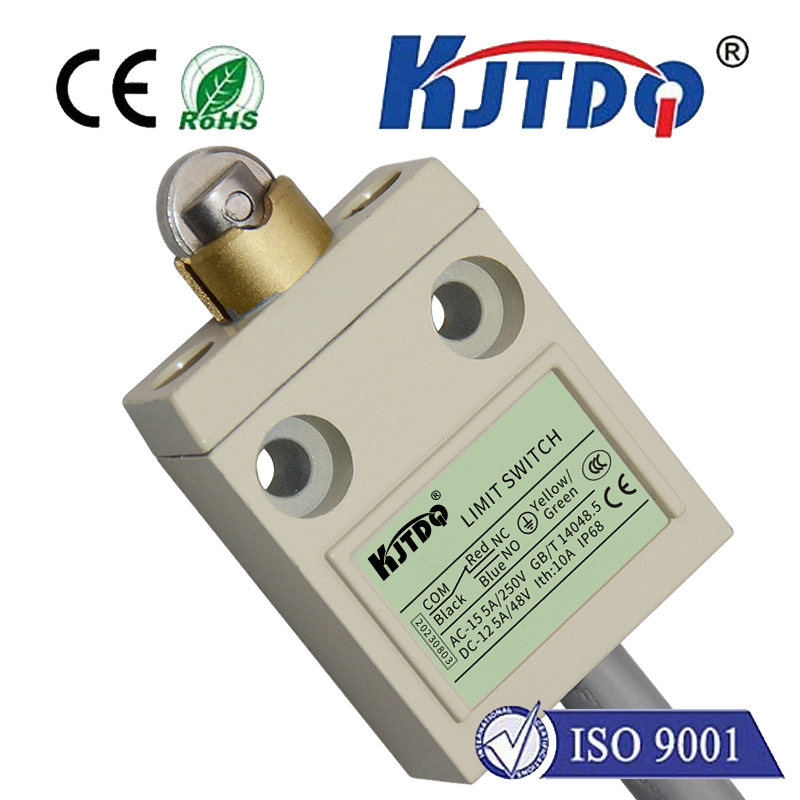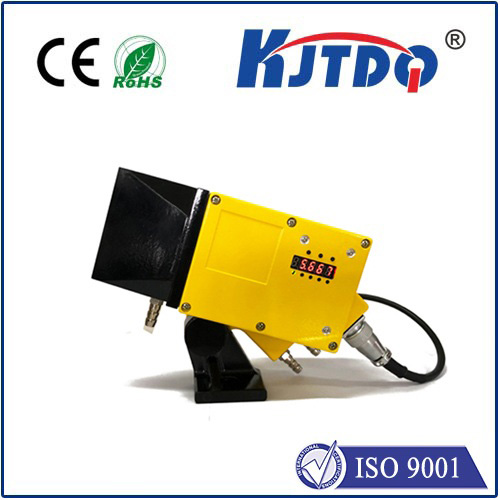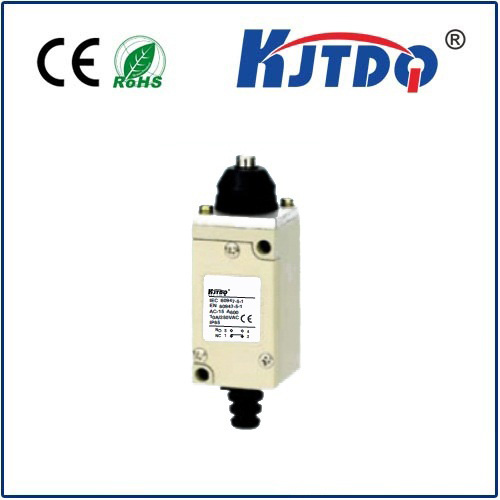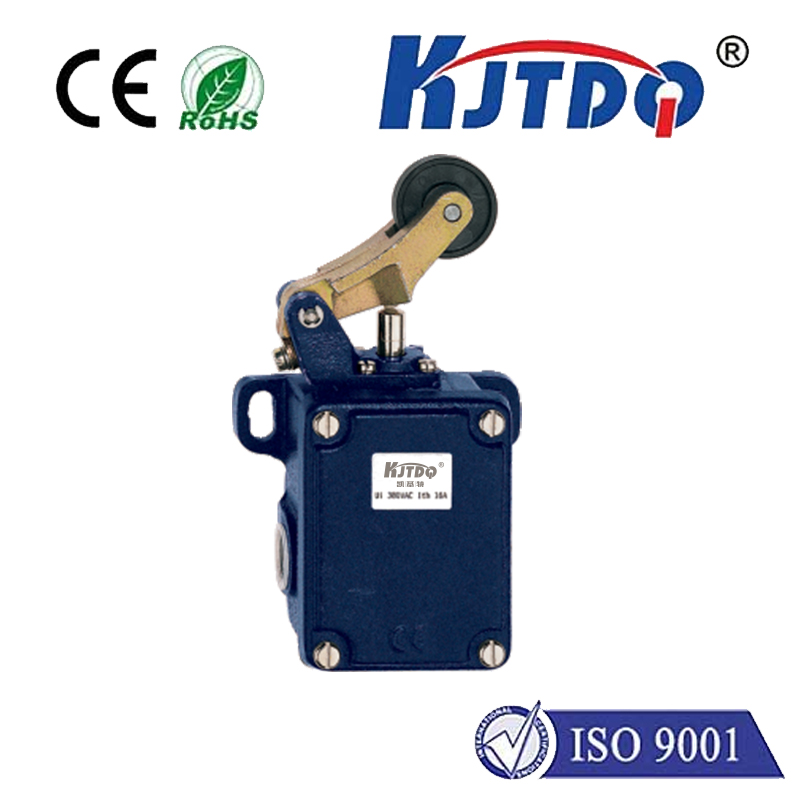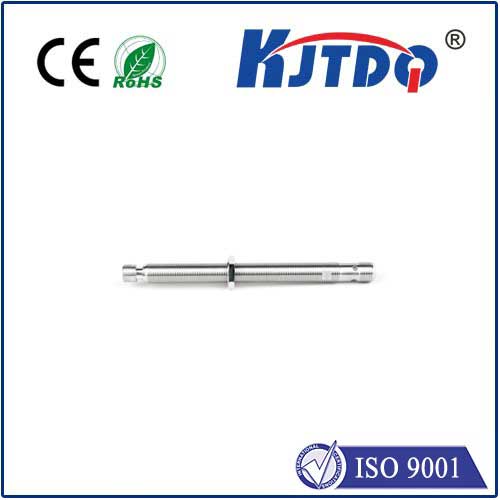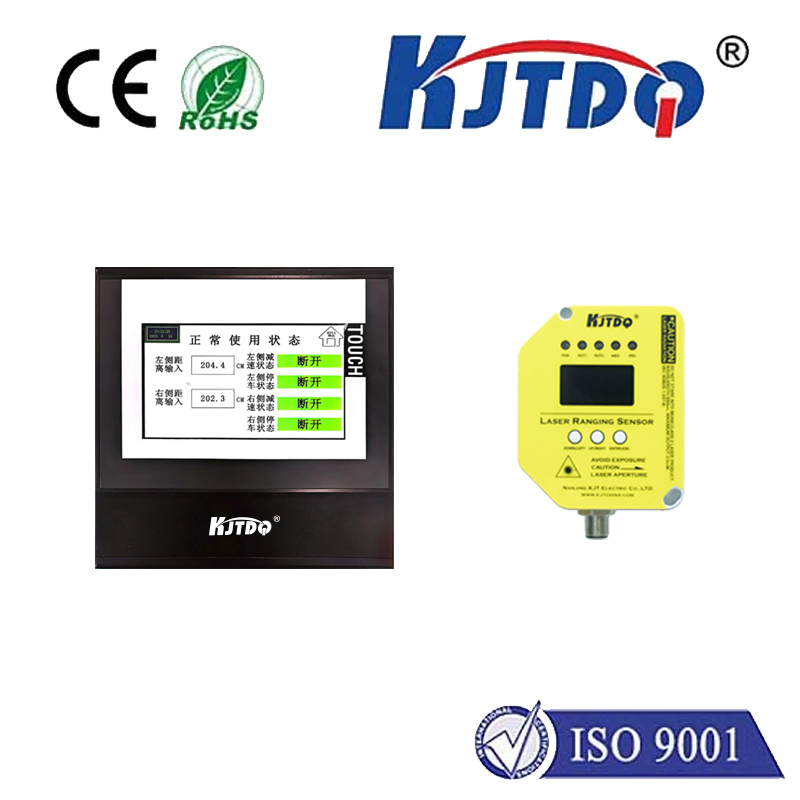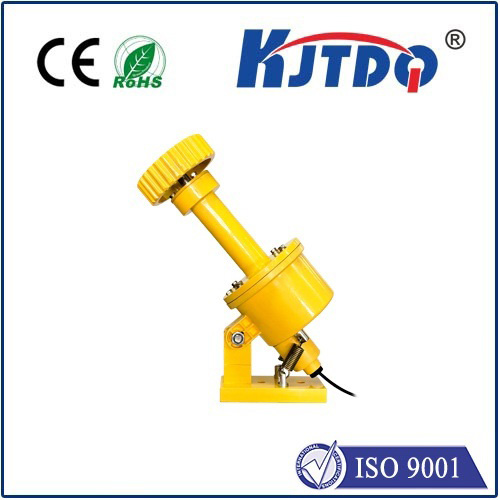

check

check

check

check
BIM-INT-Y1X: Bridging the Gap Between Building Information Modeling and Intelligent Technology
In today’s rapidly evolving construction industry, the integration of Building Information Modeling (BIM) with emerging intelligent technologies is becoming a critical driver of efficiency, safety, and innovation. The acronym BIM-INT-Y1X represents a growing trend in the sector, emphasizing the fusion of Building Information Modeling with Intelligent Network Technology. This article explores the significance of BIM-INT-Y1X, its applications, and its potential to reshape the future of construction and urban development.
The term BIM-INT-Y1X is an abbreviation for Building Information Modeling combined with Intelligent Network Technology, with the “Y1X” indicating the year of implementation or a specific version. As the construction industry moves toward digital transformation, the integration of BIM with intelligent systems is essential for managing complex projects more effectively. BIM provides a digital twin of a building, offering a comprehensive 3D model that includes all construction details, materials, and schedules. Intelligent Network Technology, on the other hand, refers to the use of AI, IoT, and data analytics to optimize project performance and decision-making.

One of the core benefits of BIM-INT-Y1X is its ability to enhance project coordination and reduce errors. Traditional construction methods often lead to miscommunication and delays, but BIM allows all stakeholders—architects, engineers, contractors, and clients—to work from a single, shared digital model. This ensures that everyone is aligned with the same data, reducing the risk of costly mistakes and rework. Intelligent Network Technology further enhances this by enabling real-time data sharing and predictive analytics, which helps in identifying potential issues before they become critical.
Another key aspect of BIM-INT-Y1X is its role in sustainable construction. With increasing emphasis on environmental responsibility, intelligent technologies can analyze energy usage, material efficiency, and lifecycle management. BIM models can be integrated with AI algorithms to simulate a building’s performance under various conditions, allowing architects and engineers to make more informed decisions about energy consumption and sustainability. This not only reduces carbon footprints but also ensures that buildings are more resilient and adaptable to future changes.
Moreover, the integration of BIM with intelligent networks enables greater automation and data-driven decision-making. For example, IoT sensors embedded in construction sites can collect real-time data on temperature, humidity, and structural integrity, which can be analyzed using AI to predict maintenance needs or detect potential safety hazards. This level of automation not only improves safety but also reduces operational costs and extends the lifespan of infrastructure.
As the construction industry continues to evolve, the adoption of BIM-INT-Y1X is no longer a luxury but a necessity. It represents a paradigm shift in how buildings are designed, constructed, and managed. By combining the strengths of BIM with the power of intelligent technologies, the industry is moving toward a more efficient, sustainable, and intelligent future.
In summary, BIM-INT-Y1X is a transformative approach that is reshaping the construction landscape. It offers a holistic solution to the challenges of modern building projects, ensuring accuracy, efficiency, and sustainability. As the industry continues to embrace digital technologies, the integration of BIM with intelligent networks will play an increasingly vital role in driving progress and innovation.
